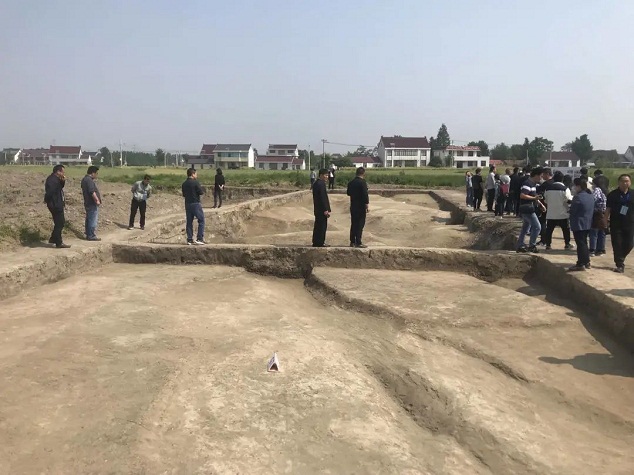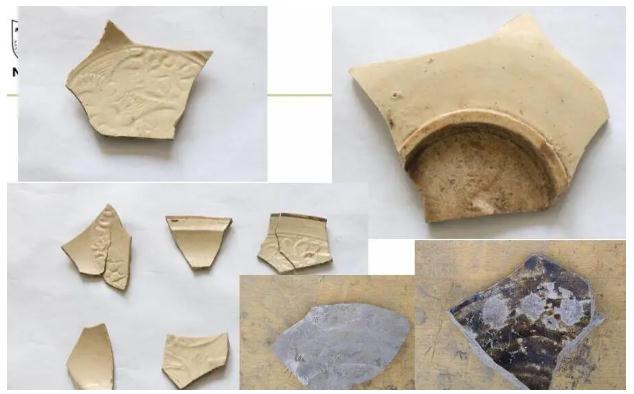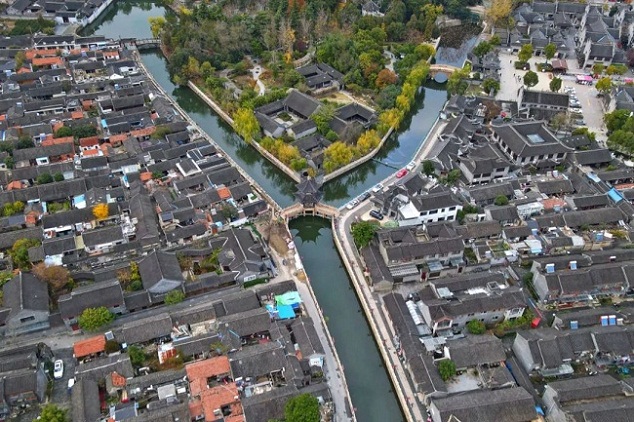Latest archaeological finding of the Grand Canal in Nantong unveiled


Xujiaqiao Ruins in Rugao. [Photo/Nantong Daily]
The latest archaeological finding of the Grand Canal in Rugao, Nantong, East China's Jiangsu province, has recently been unveiled.
The ruins of Juegou Ancient Canal, which were recorded by Japanese monk Ennin in his notes on visiting China during the Tang Dynasty (618-907), have been found and a river used for shipping salt 2,200 years ago will also be revealed soon.
Starting from 2019, Nanjing University and Rugao Museum worked together to carry out archaeological surveying and exploration in Rugao.

Porcelain chips unearthed at the Xujiaqiao Ruins. [Photo/Nantong Daily]
Their discoveries include 11 ruins of various types such as ancient canals, and more than 200 relics ranging from the Tang Dynasty to the Song Dynasty (960-1279) that include porcelains, glazed potteries, ironware, copper coins, bronze statues, and tiles, artifacts of what came to be called the Xujiaqiao Ruins.
The Xujiaqiao Ruins were an important settlement along the Grand Canal in ancient times and the unearthed articles, including agriculture tools, coins, and porcelains, unveil the culture along the canal in the Tang and Song dynasties, according to professor He Yunao at NJU.

A bird's eye view of Rugao. [Photo/Nantong Daily]
At the historic downtown area in Rugao, His team also discovered wells, roads, porcelains, and coins ranging from the Tang Dynasty to the Ming Dynasty (1368-1644).
"These discoveries in Rugao provide important materials for understanding the salt culture of the Grand Canal, the origin of Jianghai Culture, and the relics of the Maritime Silk Road in Nantong," said the professor, adding that the archaeological work will play a vital role in constructing the Grand Canal Culture Belt and Grand Canal National Cultural Park.







